River Gambia National Park, Gambia
- Ebrima Sidibeh
- May 5, 2024
- 8 min read
Key Highlights
· River Gambia National Park, also known as Baboon Island, is a stunning natural reserve in Gambia.
· The park is home to various wildlife species, including the endangered red colobus and the guinea baboon.
· It also houses the Chimpanzee Rehabilitation Project, which aims to protect and reintroduce chimpanzees into their natural habitat.
· Visitors explore the park through guided tours and safaris, and they enjoy kayaking and boating on the River Gambia.
· The park is a haven for wildlife and offers cultural and historical sites, including local villages and community projects.
Introduction

Welcome to the mesmerizing River Gambia National Park, a hidden gem in the heart of Gambia. This enchanting natural reserve, Baboon Island, offers nature lovers and wildlife enthusiasts a unique and unforgettable experience. With its diverse ecosystem and captivating landscapes, River Gambia National Park (RGNP) is a must-visit destination for anyone seeking adventure and tranquility.
Located in the Central River Division of Gambia, the park spans an area of 585 hectares (1,450 acres) and is made up of five islands. These islands feature a mixture of gallery forests, open swampy areas, and savannah landscapes. The park's main objective is to preserve and protect the rich biodiversity within its borders, making it a must-visit destination for nature lovers in Banjul and beyond.

One of the critical highlights of River Gambia National Park is the Chimpanzee Rehabilitation Project (CRP). This project, initiated in 1979, focuses on protecting and rehabilitating chimpanzees rescued from illegal trading. Currently, around fifty chimpanzees live on three of the larger islands in the park. The project aims to reintroduce the indigenous species into their natural habitat and play a vital role in safeguarding the forest and its resources from overexploitation.
Discovering River Gambia National Park

Exploring River Gambia National Park is like stepping into a paradise of untouched wilderness. As you venture through the park, you'll be greeted by the sights and sounds of exotic flora and fauna. The park's diverse habitats, including riparian forests and open savannahs, provide a home to many species. Whether you're a birdwatcher, wildlife enthusiast, or nature lover, River Gambia National Park offers something for everyone.
The Significance of River Gambia National Park
River Gambia National Park is immensely significant for the local community and conservation efforts. It is a vital ecological corridor in the Central River Division, connecting different habitats and promoting wildlife conservation.
The park's riparian forests, which line the banks of the River Gambia, are significant for maintaining the health and diversity of the region's ecosystem.

By protecting these habitats, River Gambia National Park plays a crucial role in preserving Gambia's natural heritage. It also serves as a sanctuary for wildlife, allowing species to thrive in a safe and undisturbed environment. The park's conservation efforts and other important protected areas, such as Abuko Nature Reserve, Bao Bolong Wetland Reserve, Tanbi Wetland Complex, and Tanji Bird Reserve, are a testament to preserving our natural resources for future generations.
Wildlife in River Gambia National Park
River Gambia National Park is a haven for wildlife, boasting diverse species. The park has many animals, from the magnificent western red colobus to the elusive African clawless otter. Explorers can spot the guinea baboon, west African manatee, and various antelope species such as the bushbuck and bush duiker in their natural habitats. Reptile enthusiasts can encounter Nile crocodiles and multiple lizards in the park, which is a testament to the importance of preserving this natural wonderland's extraordinary wildlife, including the several.
If you would like to book your trip, Please contact us with the Gambia Bird Tour.
Common Animal Species and Their Habitats
The diverse habitats within River Gambia National Park support a wide range of animal species. Here are some of the common species you can encounter during your visit:
· The western red colobus, known for its striking red coat and black face, is often found in the park's gallery forests.
· The West African manatee, a large aquatic mammal, seeks shelter and food in the park's rivers and wetland areas.
· Pan troglodytes, known as chimpanzees, have found sanctuary on the park's islands through the chimpanzee rehabilitation project.
· The African clawless otter, with its webbed feet and playful nature, can be spotted near the park's waterways.
These animals and many others find solace within the protected boundaries of River Gambia National Park. It is a testament to the park's commitment to preserving biodiversity and providing a haven for these incredible creatures.
Birdwatching: A Guide to Bird Species in River Gambia National Park
The abundance of bird species within River Gambia National Park never ceases to captivate birdwatchers. Its diverse habitats and plentiful food sources serve as a haven for many bird life. Here are some of the birds you may encounter during your visit:
· Nile crocodile: While not a bird, the Nile crocodile adds an intriguing dimension to the wildlife of River Gambia National Park. This formidable reptile is often seen lounging in the sun along the riverbanks. It commands attention with its imposing presence and primal allure.
· Green monkey: This playful primate is known for its vibrant green fur and can be seen swinging through the trees.
· Various bird species: The park is a paradise for birdwatching, with species such as egrets, herons, ibises, cormorants, sacred ibis, weavers, and doves gracing the skies and nesting in the park's lush vegetation.
If you would like to book your trip, Please contact us with the Gambia Bird Tour.
Plant Life within River Gambia National Park
River Gambia National Park is a haven for wildlife and a sanctuary for unique plant species. The park's diverse ecosystems, including riparian forests and savannas, support a wide range of flora. The park's vegetation, from towering trees to delicate wildflowers, adds to its natural beauty. The riparian forests, in particular, are home to various unique plants that thrive in the moist and fertile soil. The park's commitment to preserving these plant habitats ensures the continued existence of these extraordinary species.
Unique Flora and Ecosystems

The riparian forests within River Gambia National Park are a sight to behold. These lush and vibrant ecosystems line the banks of the River Gambia, providing a habitat for various plant species. The unique flora within these forests includes towering trees, such as mahogany and silk cotton, as well as delicate ferns, orchids, and bromeliads. The plants here are perfect for the wet, humid riparian environment, making the landscape stunning. These forests are vital for keeping the park beautiful and the region's nature in balance.
Conservation Efforts for Plant Species
Conservation efforts within River Gambia National Park extend beyond protecting wildlife. The park is also dedicated to preserving the unique plant species that call it home. Through strict management practices and habitat protection, the park ensures the survival of these valuable plant populations.
Conservationists work tirelessly to monitor and study the flora within the park, identifying rare and endangered species. By raising awareness and implementing conservation strategies, River Gambia National Park is vital in safeguarding the region's plant biodiversity for future generations.
Activities and Experiences

River Gambia National Park offers a wide range of activities for visitors. The park has everything whether you want an exciting adventure or a peaceful nature getaway. You can go on guided tours and safaris or try kayaking and boating on the River Gambia. There are also many chances to see the park's beautiful landscapes and diverse wildlife. So explore River Gambia National Park and make unforgettable memories!
Guided Tours and Safaris
Embark on a guided tour or safari through River Gambia National Park to fully immerse yourself in its natural splendor. Experienced guides will accompany you on an adventure through the park's diverse habitats, offering insights into the wildlife and flora you encounter.

From the elusive chimpanzees to the mesmerizing birdlife, a guided tour or safari provides a unique opportunity to witness the park's incredible biodiversity up close. Whether you choose a walking tour or a jeep safari, these guided experiences offer a safe and informative way to explore the wonders of River Gambia National Park.
If you would like to book your trip, Please contact us with the Gambia Bird Tour.
Kayaking and Boating on the River Gambia.
For a thrilling adventure, try kayaking or boating on the River Gambia. Glide through the peaceful waters, surrounded by lush greenery and wildlife. These activities let you explore hidden parts of the park, giving you a fresh view of its beauty. Watch for sunbathing crocodiles and playful monkeys in the treetops as you glide across the river. Whether you're a seasoned kayaker or a novice boater, this exhilarating activity will surely leave you with unforgettable memories of River Gambia National Park.
Cultural and Historical Sites
River Gambia National Park offers incredible natural beauty and boasts cultural and historical significance. Explore the local villages surrounding the park to experience the region's rich cultural heritage. Discover community projects that aim to preserve traditional practices and support sustainable development. The park is also home to historical landmarks showcasing the country's past. Immerse yourself in Gambia's vibrant culture and history as you explore these fascinating sites within River Gambia National Park.
Local Villages and Community Projects
The villages around River Gambia National Park give you a unique chance to explore Gambia's cultural heritage. You'll see traditional crafts, local music, and dance performances. Get involved by talking to locals and joining community projects. These projects help keep traditions alive and support sustainable development. Engaging with the communities lets you truly understand and enjoy Gambia's cultural richness.
Historical Landmarks within the Park
Explore the historical landmarks within River Gambia National Park to gain insight into the country's past. These landmarks give you a peek into Gambia's fascinating history and heritage. Each one has its own story to tell, showing the cultural and historical importance of the region. From ancient ruins to colonial buildings, they all have tales to share. As you wander through the park, you may come across remnants of the past, standing as a testament to the country's vibrant history. Take a step back in time and appreciate the historical significance of these landmarks within River Gambia National Park.
Practical Information for Visitors
Before embarking on your journey to River Gambia National Park, having some practical information at your fingertips is essential. Knowing the ideal times to visit and what accommodations and facilities are available can help you plan your trip better. Being prepared ensures a hassle-free and delightful experience in this beautiful natural paradise.
Best Times to Visit River Gambia National Park
The prime time to visit River Gambia National Park is from November to May, which is the dry season. This time offers pleasant weather with fewer rains and comfortable temperatures. It's perfect for spotting wildlife and navigating the park's waterways quickly.

However, it's important to note that Gambia experiences hot and humid weather year-round, so be prepared for the tropical climate. Planning your visit during the dry season will ensure an enjoyable and comfortable experience in River Gambia National Park.
Accommodation and Facilities
When you visit River Gambia National Park, you'll find plenty of places to stay, catering to different tastes and budgets. Whether you prefer eco-lodges or luxury resorts, there's something for everyone.
These places offer comfy bases for exploring the park and nearby areas. You'll also find amenities like restaurants and souvenir shops either in the park or close by. Make sure to plan and book your stay to secure your spot. By staying in one of the park's accommodations, you can fully enjoy the park's natural beauty and peaceful atmosphere.
Conclusion
In conclusion, River Gambia National Park offers a rich tapestry of wildlife, plant life, and cultural experiences waiting to be explored. The park's conservation efforts and community projects add a layer of sustainability to its natural beauty. Whether you're into guided tours, birdwatching, or immersing yourself in local villages, this park has something for everyone. Plan your visit during the best times to fully appreciate the wonders of this enchanting destination. Take a journey that refreshes your soul and helps preserve this fantastic ecosystem. Explore, learn, and cherish the memories made at River Gambia National Park.
Frequently Asked Questions
What is the best way to explore River Gambia National Park?
Exploring River Gambia National Park is best done through guided tours, which provide informative insights into the park's wildlife and flora. Alternatively, kayaking along the River Gambia offers a more adventurous and immersive experience.
How is the park contributing to local conservation efforts?
River Gambia National Park is crucial in local conservation efforts through various initiatives. The park's Chimpanzee Rehabilitation Project protects and rehabilitates chimpanzees while raising conservation awareness. The park's commitment to preserving flora and fauna and community involvement ensures the region's long-term sustainability.


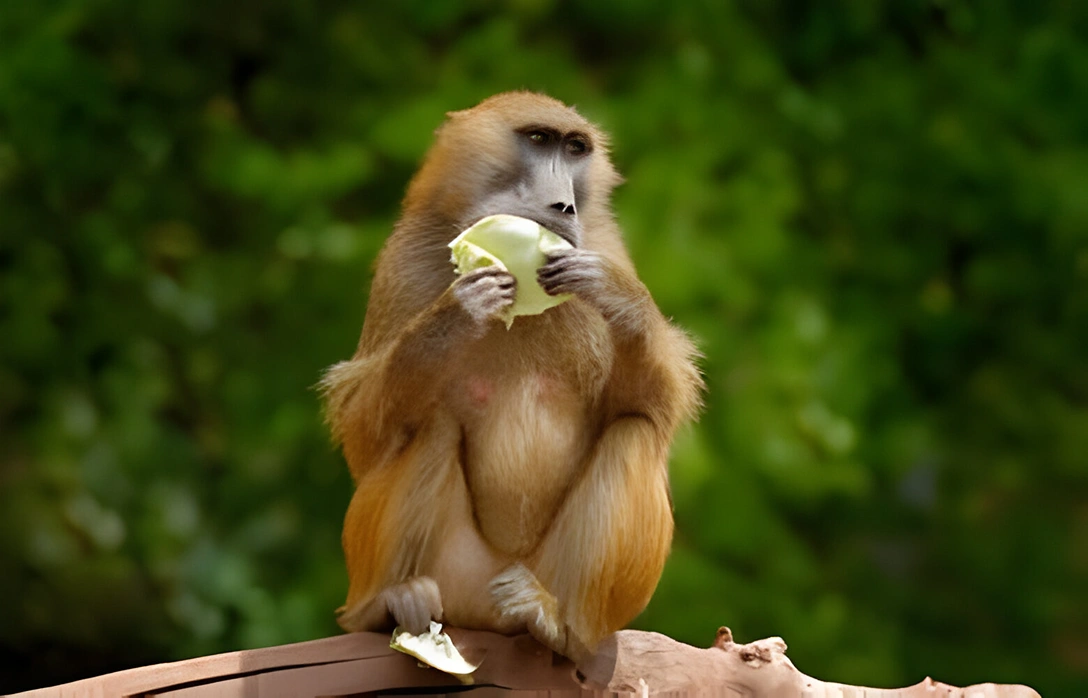
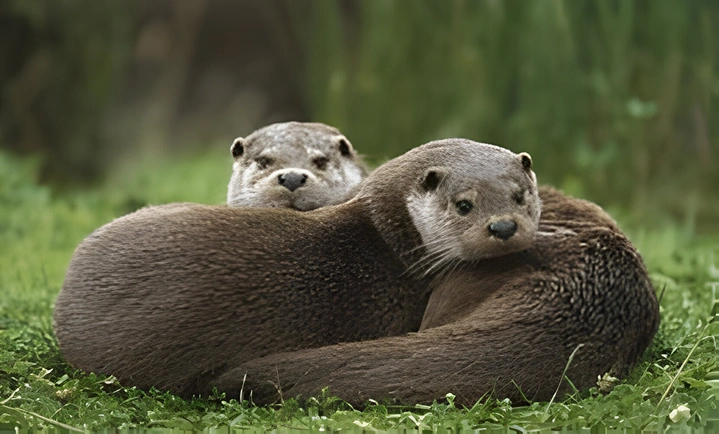
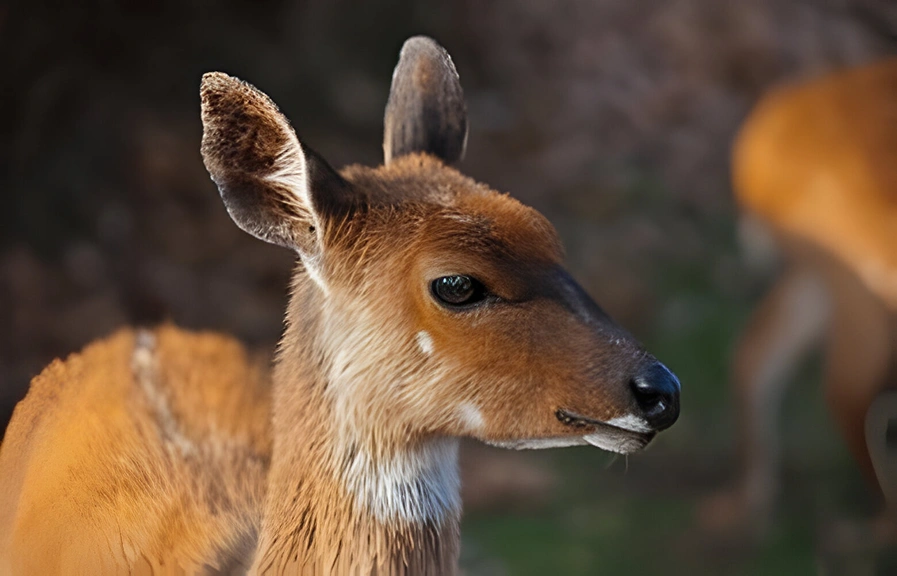
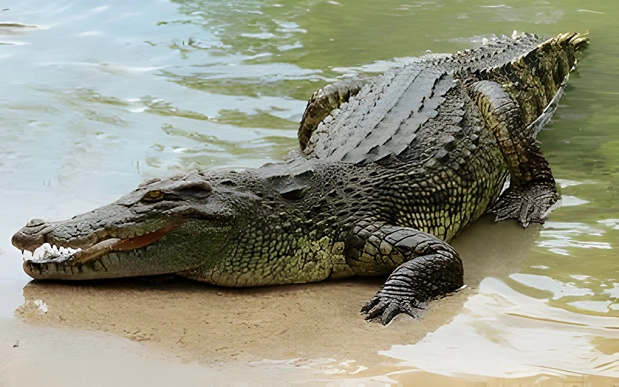
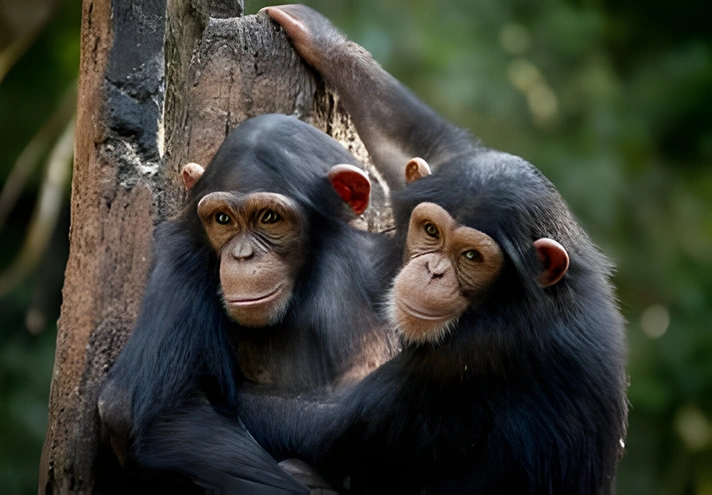
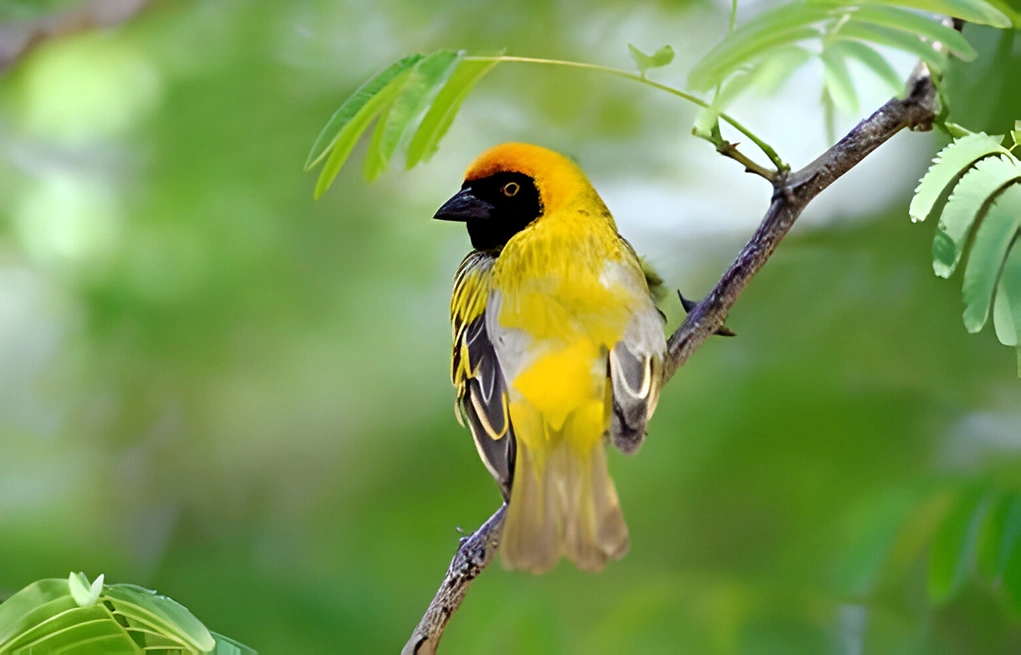
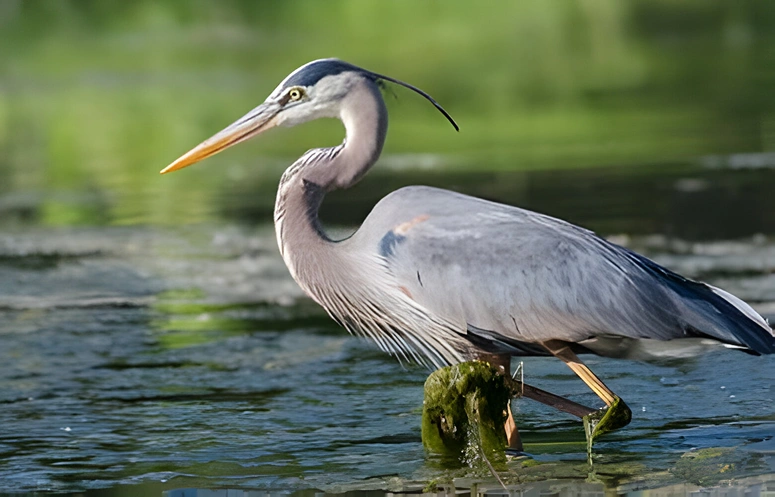
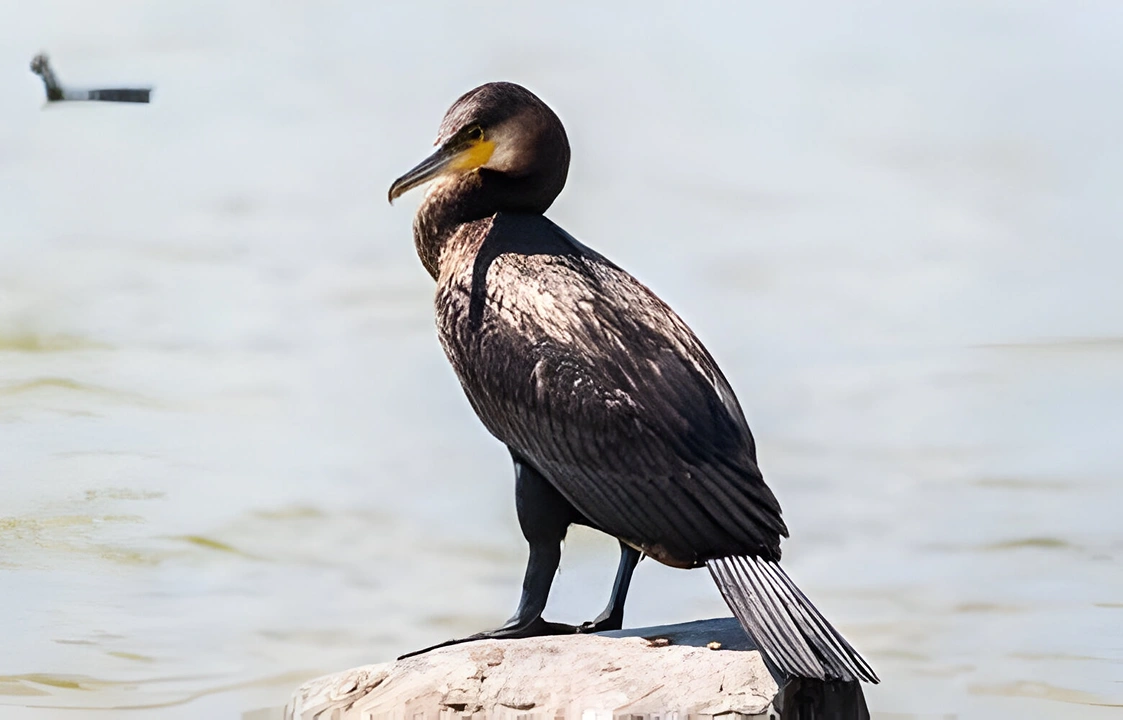
Comentários